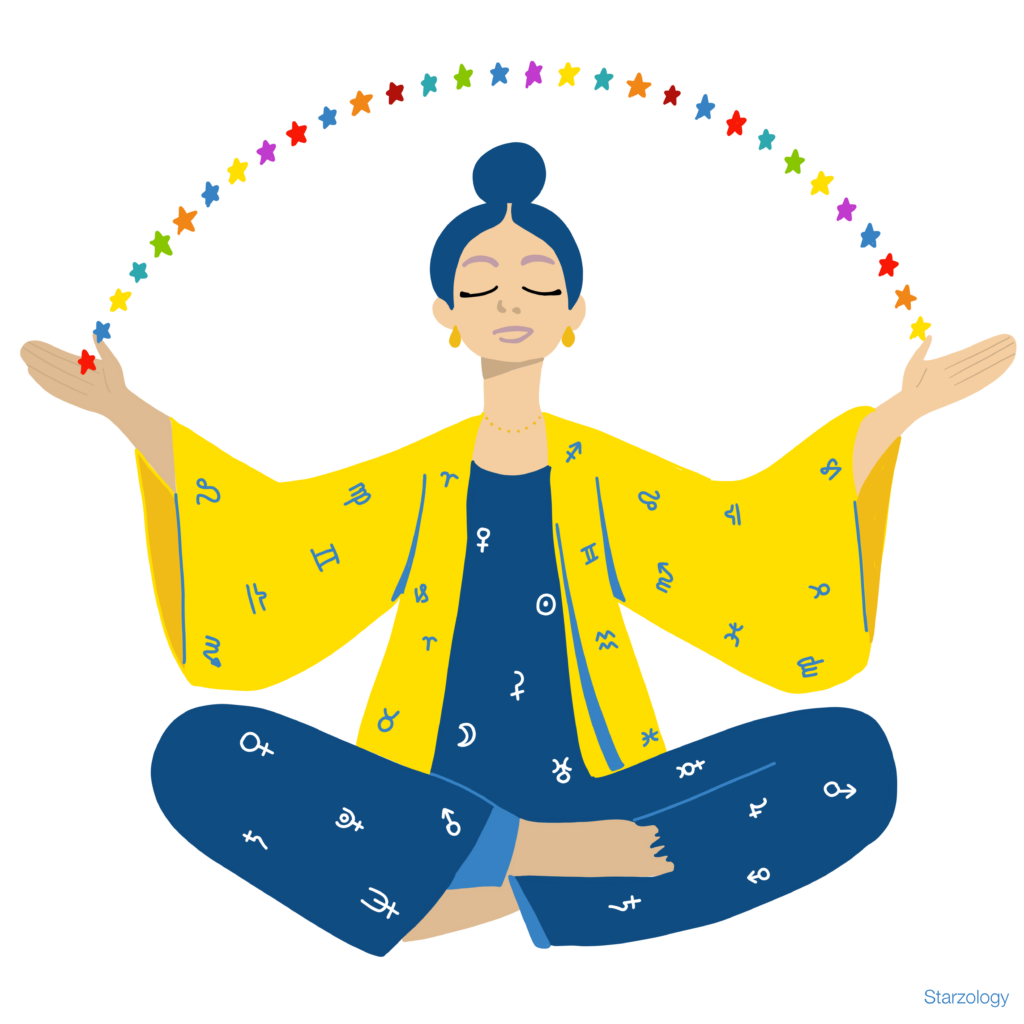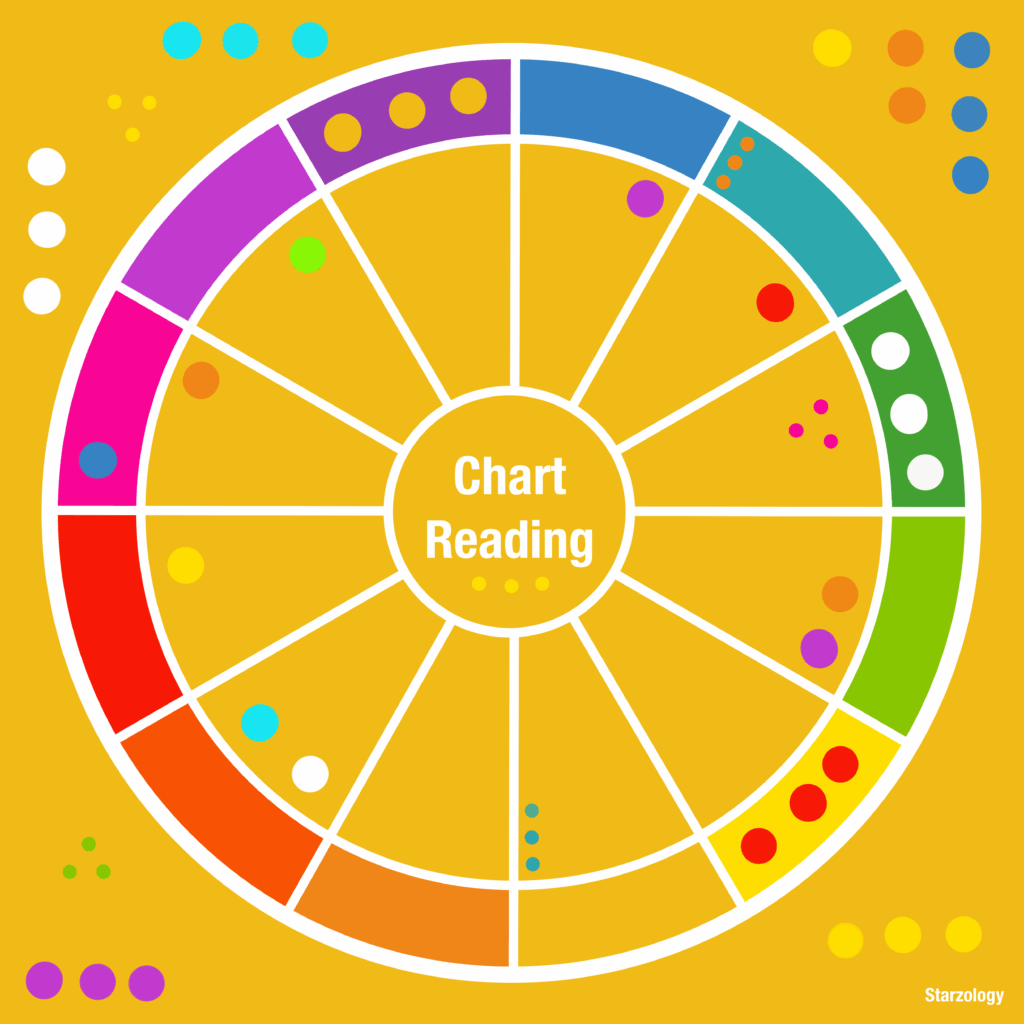In astrology, the planetary archetypes can be correlated to other things like chess pieces and characters in books, movies and TV shows.

How to Create an Astro Card Deck
Author: Alison Price – Published: September 2025
Creating an Astro Card Deck
Method
A fun way to learn astrology is by making yourself an astrology card deck. There are many ways to do this and I’m going to share with you my method of making astro cards. This is going to be my Starztober project for 2025. You can check out what I did in previous years to align with Inktober. You can also read one woman’s story about how she followed along with my art prompts and managed to win this challenge a few years ago.
Astro Card Deck
I plan to make an astro card deck during Starztober and I invite you to join me. That means that the prompts are going to be basic astrology terms to help us build our astro card deck to start with. During October, I will create thirty-one astro themed card to go in our astro card deck.

Podcast
Starztober
Listen to our recent podcast episode about the Starztober challenge for 2025.
November and Beyond
This means that you can continue into November, December and well into next year, adding more cards that make sense, astrologically to you, into your card deck.
- More on how I’m creating my Astro Card Deck
- More on AHAtober25 (Alison Hazel Art Challenge)
- More on Pinktober (Arwynne’s Art Challenge)
Materials
Card Stock
You will need thick paper or card stock. I started with watercolor paper, but soon discovered it was too wrinkly to shuffle the cards easily. Then I went onto Bristol board which is a smooth medium weight cardboard.

Measuring the Cards
Each of my Astro Card Deck cards is 94mm (3¾ inches) x 140mm (5½ inches). I measured each page out with a pencil and ruler. I can get four cards from one sheet of A4 paper.

Cutting Corners
I began cutting the rounded corners with a pair of scissors but they all looked so squonk. It annoyed me.
So I decided to invest in a handy dandy corner cutter.

Words, Meaning and Messages
An image is Worth a Thousand Words
You can have just the art, art and a title, art a title and a meaning or any combination of these. The trick is to do the same thing on every card in a particular deck. If you have a card title, then every card needs a title. If you have a card meaning, then every card needs a meaning. Decide if you want words on the cards, a title, a phrase, or just the art.

Card Companion Notebook
I have a small field notebook which I’m using to record each card. Additionally, this turns out to be a handy guide about the next cards I’m going to make. I have a two-page spread and sketch the image for card on the right-hand page. The title of the card, the meaning and words are on the left-hand page.
Document Your Creative Journey
Keep a journal or sketchbook alongside your deck.
Use it to:
- Reflect on the meaning behind each card.
- Track your ideas, color palettes, and materials.
- Note how your technique or style evolves over time.
- Celebrate little wins and breakthroughs.
Looking back at your notes will show just how much growth happens, both in your art and in yourself.
Guidebook
Potentially, you might want to write a small guidebook at the end of the year. If you decide to commercially publish your card deck you ought to provide a guidebook explaining each card. You do not have to do this. Either way, to have a record of each card is a nice thing to have.
Legacy Stash
If your card deck gets into your legacy stash one day, then your family and those who come after you, will know that you were creating and perhaps more importantly why you created your cards in the first place. If you create a deck aligned with your other interests in life, like pies, trees or angels, then this will reinforce your interest and not be seen as some random thing you did one year. Something to think about.
Process
Here are some of the cards I’ve got in progress. As O creat more I’ll add them here.
Author Bio
Alison Price: Professional Astrologer
Alison helps you uncover your individual creativity and lead a fulfilling life using your own astrology. She shares her wisdom from the heart with a touch of humor. She offers Consultations for everyone and Coaching for Aspiring Astrologers.
If you’d like to get in touch with Alison, you can reach out to her via email at starzology@gmail.com.
More Articles
If you enjoyed this post, you may like some more astrology related articles from our blog.

Astrology Art: Cover Page
Here is your free Astro Art grown-up colouring page for you to enjoy. When you have completed your Astrology Art cover page please share it with us and send me a copy and I’ll put it on this post for the readers to admire. I can’t wait to see what you can do.

Starzlife Free Newsletter
Welcome to “The Starzologer” ideas, insights and inspiration for creative, artistic
astrologers to keep the astro conversation going.

















































